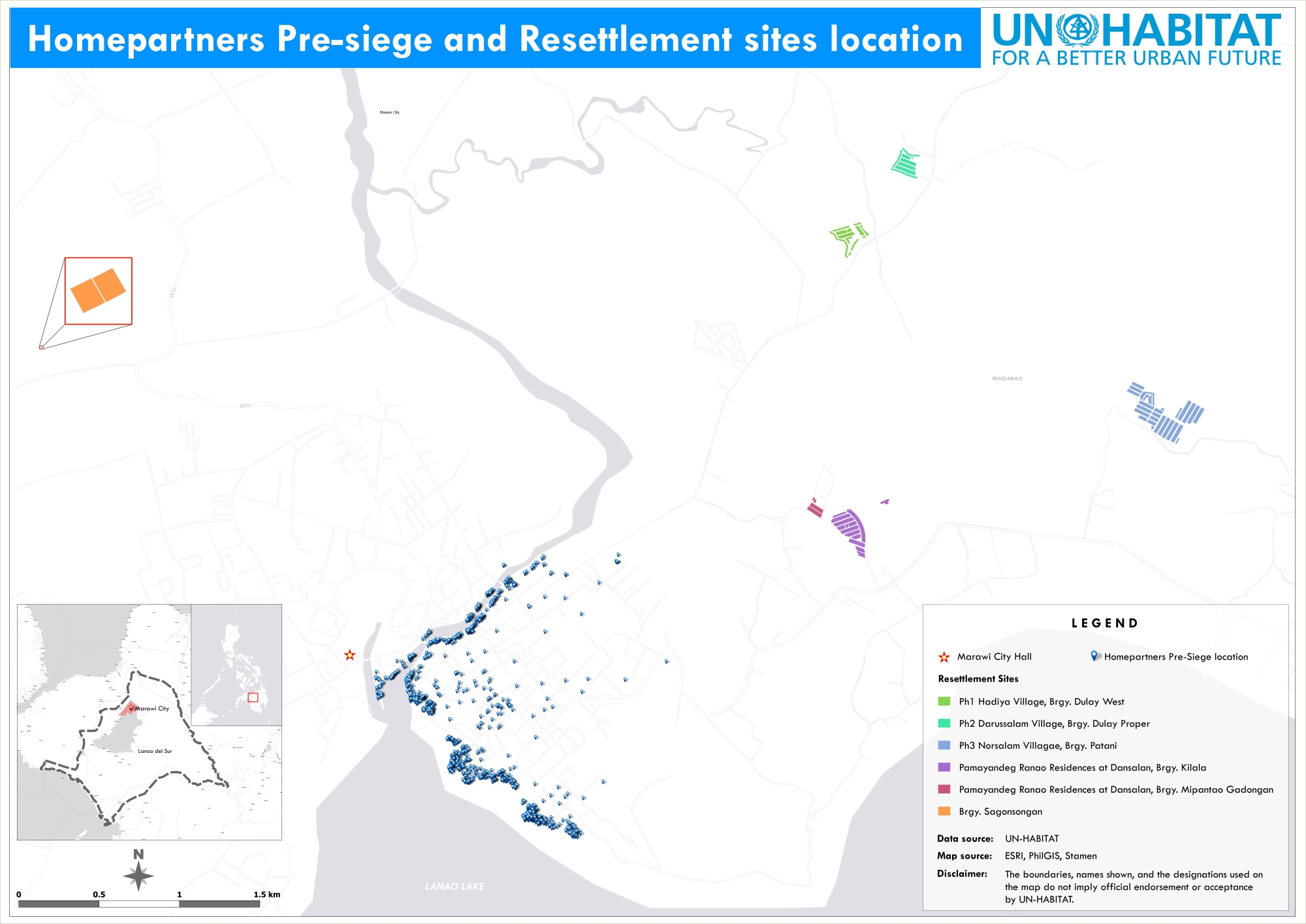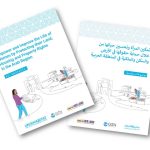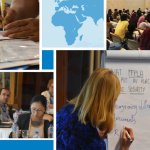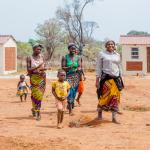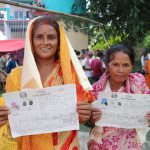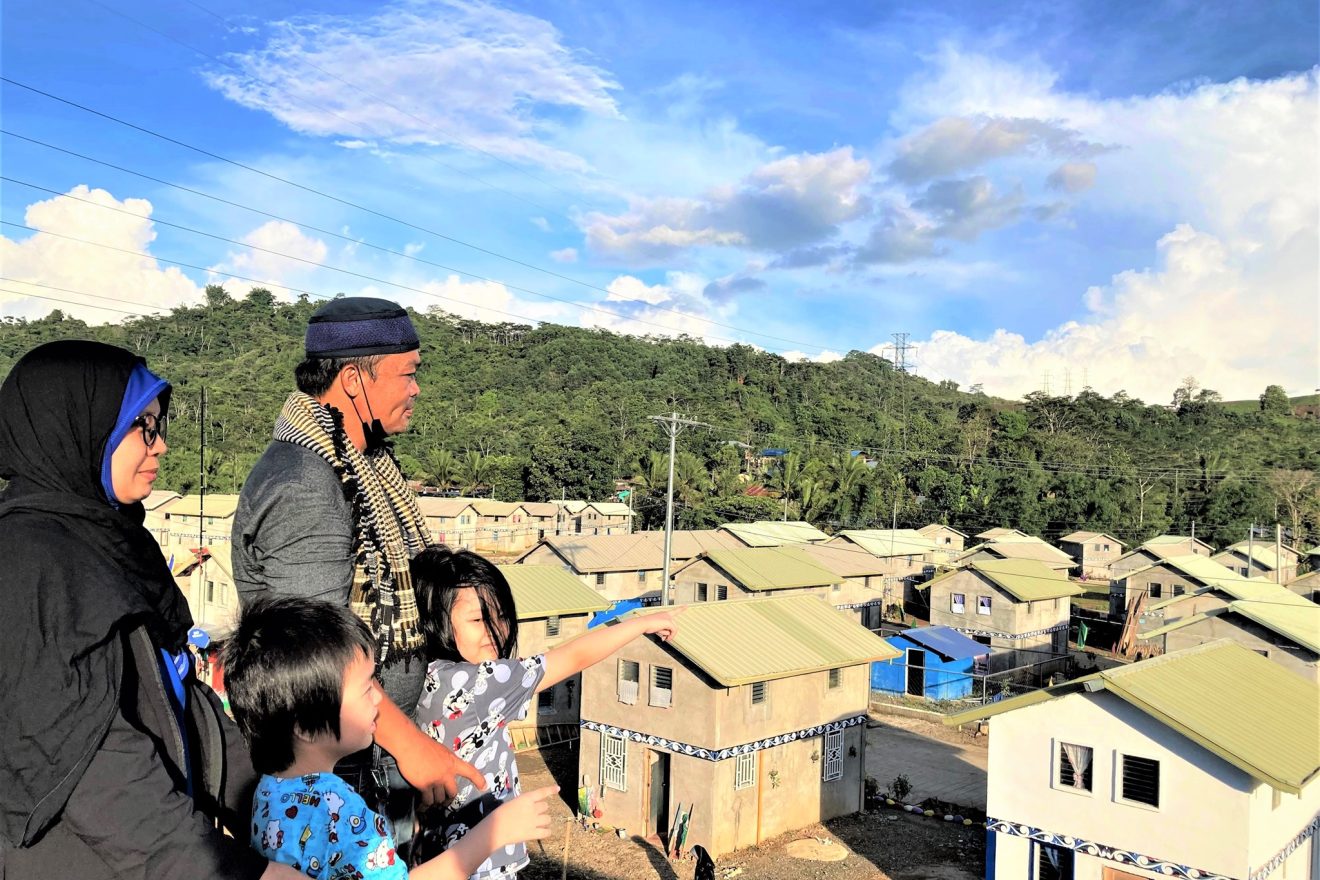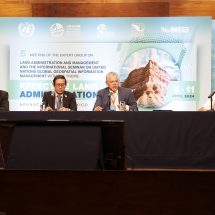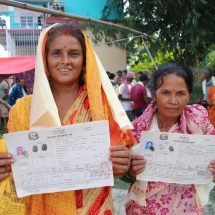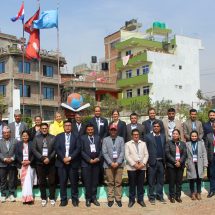Marawi City in the southern region of the Philippines suffered extensive damage due to the five-month conflict following the heinous acts of terrorism which destroyed the city and made it uninhabitable. In 2017, the city was shattered by war, which not only destroyed lives but also hopes and dreams of its inhabitants in the one place they called ‘home’. The walls that were once adorned with cultural figures, turned disfigured and destroyed. The once vibrant Islamic city became deserted.
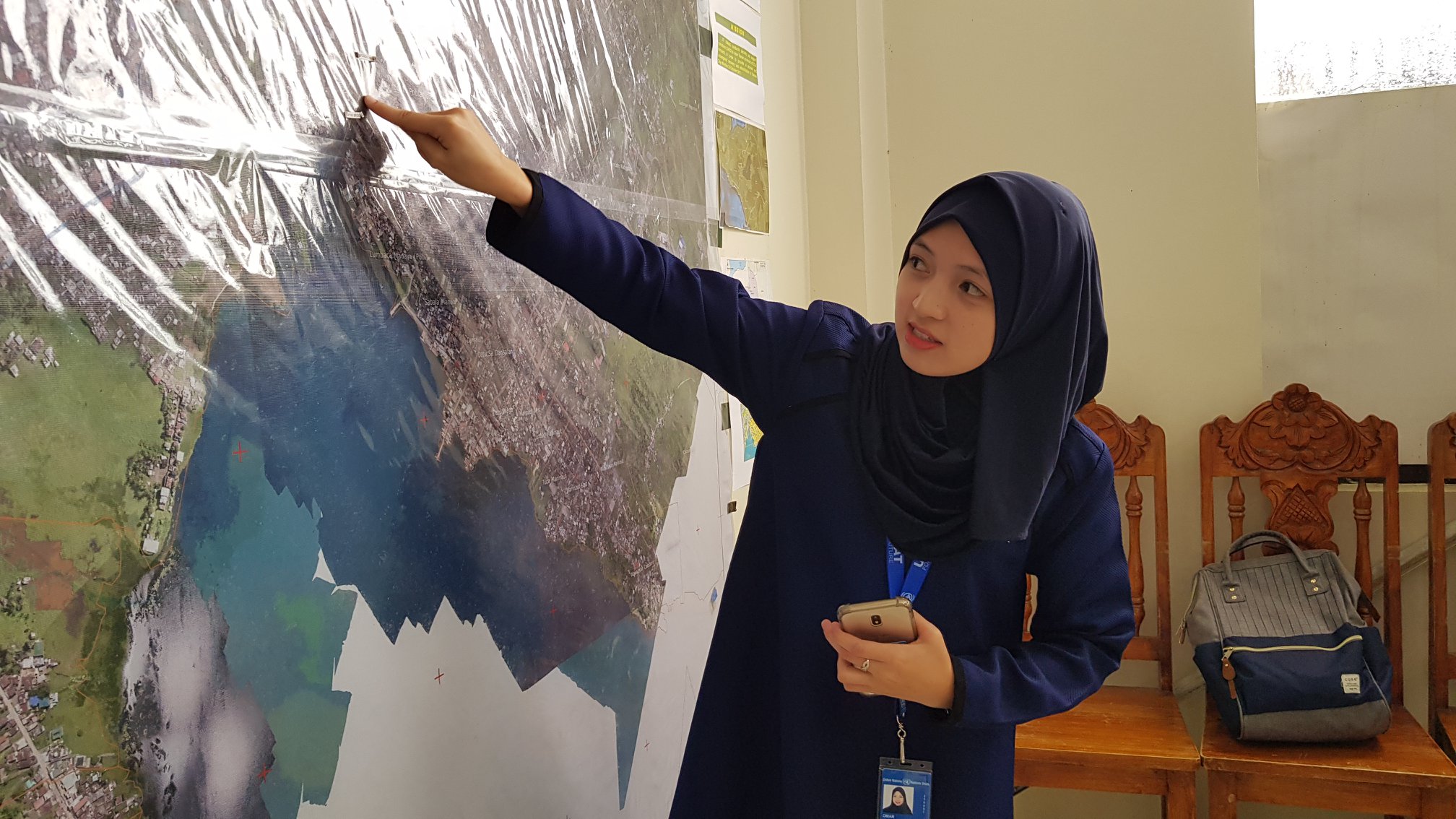
Six years after the war, a lot of efforts into its rehabilitation have been made including under the “Rebuilding Marawi Shelter and Livelihood” project by UN Habitat Philippines funded by the Japan International Cooperation Agency (JICA), The project supported the recovery and empowerment of internally displaced people (IDPs) to become proactive champions in rebuilding homes, livelihood, and peace in the communities. To date, the project has awarded a total of 1,000 permanent houses to the selected beneficiaries.
The Social Tenure Domain Model (STDM) in the context of Marawi
During the implementation stage, one of the major challenges related to land i.e., lack of land documentation, overlapping claims, difficulties in creating partnership with the national agencies in terms of land and housing delivery, and the political dynamics at local level and cultural land ownerships – where traditional and cultural rights of residents should be recognize by the government given that most of the region were under pre-colonial and wherein traditional governance structures exist.
In partnership with the Global Land Tool Network (GLTN), UN-Habitat Philippines introduced and implemented the Social Tenure Domain Model (STDM) in the post-conflict Marawi. STDM, together with other GLTN tools, supports the documentation of legitimate tenure types regardless of their formality and technical accuracy in line with the principles of Fit-For-Purpose Land Administration (FFP-LA).

While the cultural context of Marawi city affected the implementation of the project, the use and application of STDM implicitly alleviated the long overdue delivery of land and housing to the affected families. STDM was customized to capture a total of 1,057 household’s information linking the prewar houses of IDPs to their resettlement sites. The selection for priority beneficiaries/homeowners involved mapping out of communities living in the most affected area or what they usually coined as the ‘ground zero’. These were the communities previously living within the 3-6 meters easement of Lake Lanao and Agus River and communities located in the same area occupying the land for not less than 3 years prior to the war. The use of STDM allowed UN-Habitat to map and validate the priority homeowners through the generated maps. Owing to the active participation of the homeowners, particularly the community leaders, the pre-war homeowners were effectively validated and soon after, linked to their designated resettlement area. As a result of the community validation, the output, which is a validated map, was subsequently contributed to the finalization of the resettlement site, where selected beneficiaries/homeowners were turned over and transferred. The final map, generated through STDM, was later presented to the project stakeholders including local government. Amidst the persistent struggle in the post war Marawi over the issue of land, the use and application of the tool enabled the implementation of the project not just to document the tenure rights of the community, but to facilitate greater awareness on their situation which made them realized that active participation was an integral part in attaining tenure.
Emerging opportunities on the use and application of STDM in Marawi
STDM was beneficial in delivering COVID-19 response during the height of pandemic where there was limited mobility and transportation due to lockdown policies. UN- Habitat used STDM through the generated maps to support the communities in the provision of a satellite market and mobile stores as a response in securing food to remote areas in Marawi. This initiative sought STDM as a beneficial tool in ensuring that appropriate responses and priority areas were identified in responding to situations such as the COVID-19.

In June of 2021, 17 technical staff from the National Housing Authority (NHA), particularly in the Community Social Services Division and Technical Unit, were trained in the use and application of STDM. During the training, officials appreciated the STDM as a tool that should be adapted at the local level especially on the city assessor, land registration office, and other pertinent departments or agencies, as part of a comprehensive and integrated database system.
One of the officials gave his appreciation to the training citing “the STDM training can be useful to NHA by making it easy for us to trace the location of the Marawi IDPs, particularly the housing beneficiaries. In just a few clicks, we will be able to have bird’s eye view of their identifying information. The housing beneficiaries will have an assurance that their profile and identifying information are secured.”
In ensuring tenure security for the selected beneficiaries, either individually or collectively, STDM was recognized as a practical tool in managing data and in the formalization of land rights. Adaptation of the tool aimed to ensure formal recognition to the community which also means prevention of land disputes within and outside the community.
Capacity building and training is crucial in ensuring the sustainability and data management of the community particularly in the younger generation in passing on of property inheritance to the next generation of family members.
